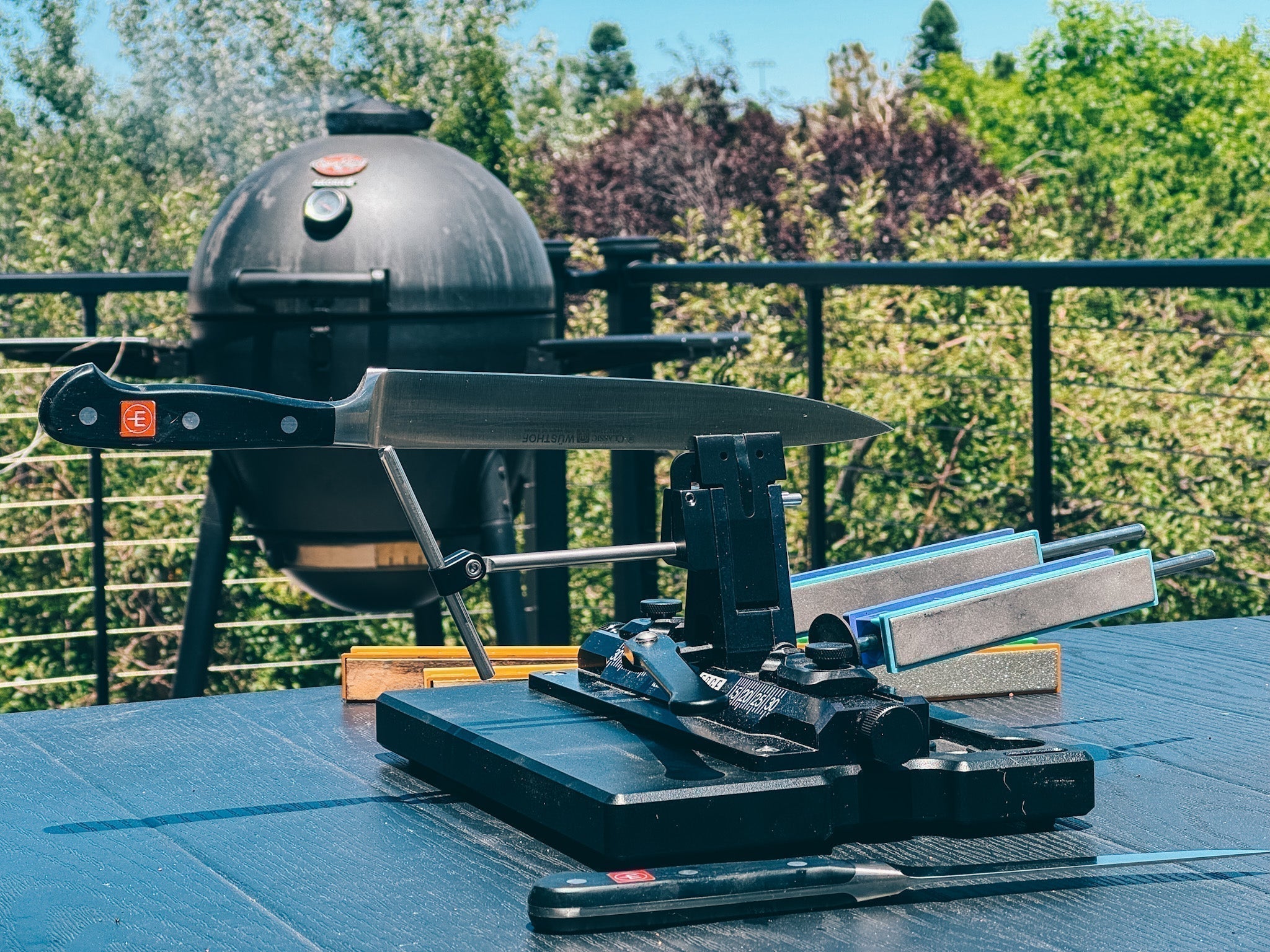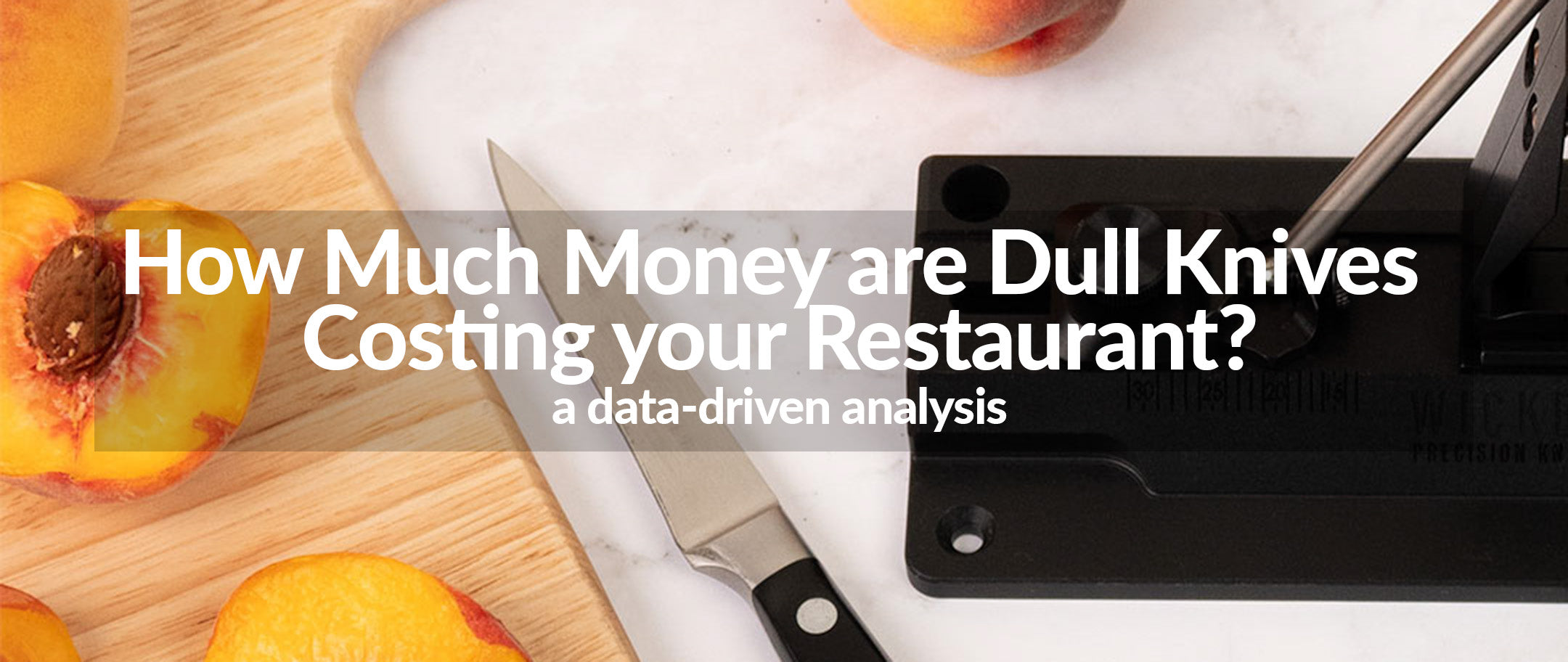Finding the Perfect Edge in the Backcountry: Why I Use Convex Edges for My Camp Knives
Summer is in full swing, and that means it’s time to get outside, unplug, and enjoy the beauty of the backcountry. For me, that looks like packing up the Jeep, loading the family in, and heading into the mountains of Northern New Mexico or Southern Colorado for some good, old-fashioned car camping.
I’m not talking about anything over-the-top — no expedition rigs or elaborate gear setups. Just a ground tent, a fire ring, and a chance to disconnect… and play with my knives.
A Knife by the Campfire
The campfire is the heart of the site, and it’s where I have most of the fun with my knives. Processing wood, carving feather sticks, splitting logs — all of it depends on having a reliable, well-sharpened blade. My preference for these tasks is a solid bushcraft-style knife, usually in the 4–5 inch range, with a high saber grind and a premium steel.
For years, that role belonged to my Benchmade Bushcrafter in S30V, but I recently picked up a Bradford Guardian 5.5 in CPM-3V. I won’t go down the rabbit hole of steel properties right now, but let’s just say I’m excited to see what CPM-3V can do in a real-world setting.
Regardless of the steel, the edge geometry is what really makes the difference out in the field — and for me, that means a highly polished convex edge.

Why Convex Edges for Camp Knives?
A convex edge is ideal for the kinds of tasks I perform when camping. It offers:
- Superior edge retention
- Greater durability under lateral stress
-
Excellent performance for push cuts
Unlike slicing cuts, which benefit from thinner geometry and a toothier finish, push cuts go straight through the material — perfect for batoning wood or feathering tinder. In these cases, a well-polished convex edge glides through material with less resistance and holds up better to abuse.
The tradeoff? Convex edges may not be quite as “slicey” as a traditional V-grind. But in this environment, I’m not slicing tomatoes — I’m splitting logs and building fires. That little bit of toughness goes a long way.
How I Sharpen My Convex Edges
To get that perfect edge, I use our Ultimate Convex Kit. It’s designed to deliver a repeatable, consistent convex edge that’s both beautiful and functional.
The initial sharpening process can be a bit time-consuming — especially on longer blades — but it’s absolutely worth the investment. Once the edge is set, touch-ups are quick and easy, and thanks to the durability of a convex profile, they aren’t needed often.
Take my Benchmade Bushcrafter, for example: I gave it a convex edge in the spring of 2024, and I’ve only had to touch it up once or twice since then. Sure, it’s dirty — but it’s still razor sharp. And that’s exactly how a camp knife should be.



